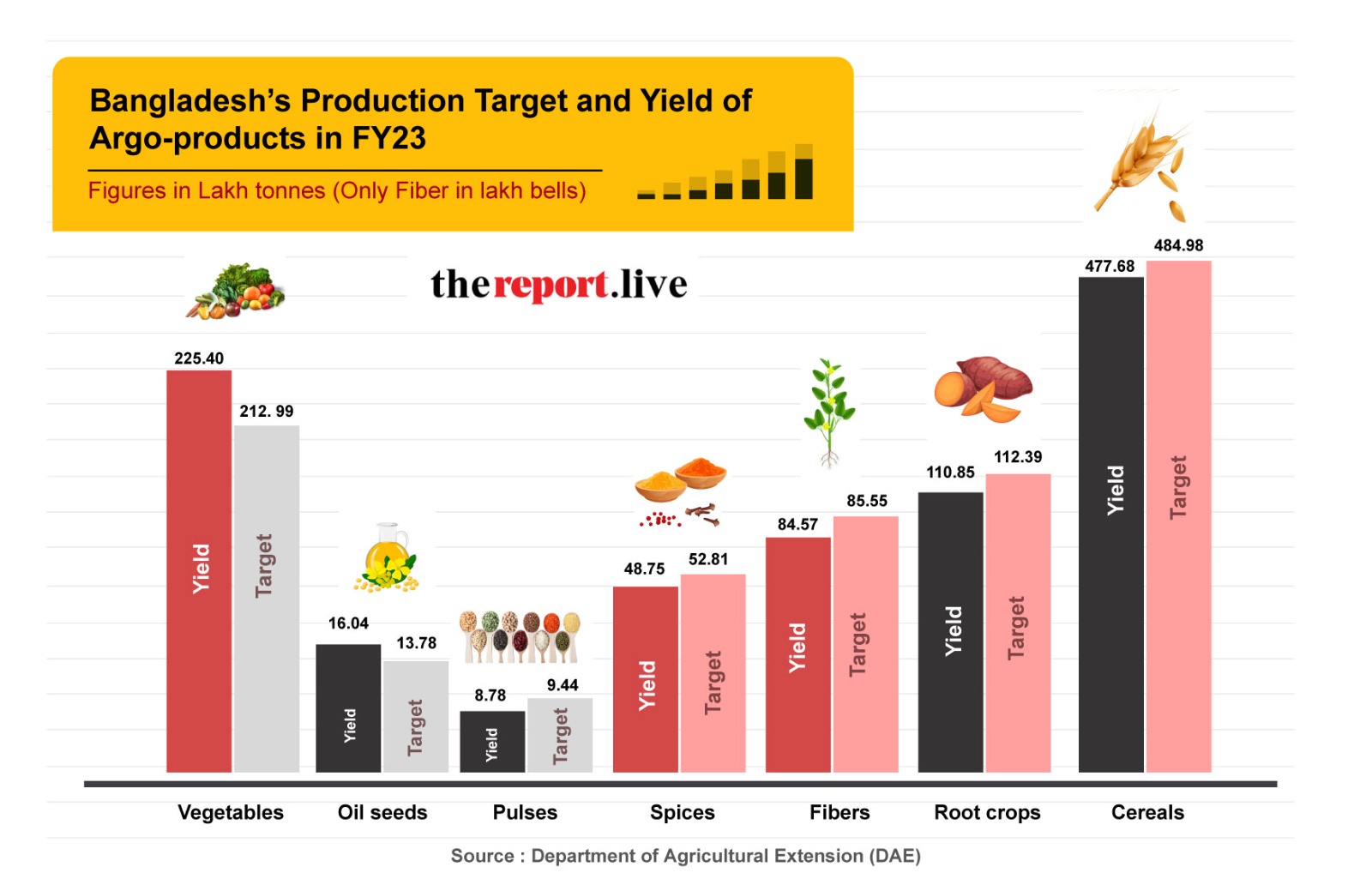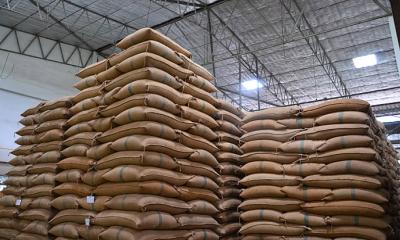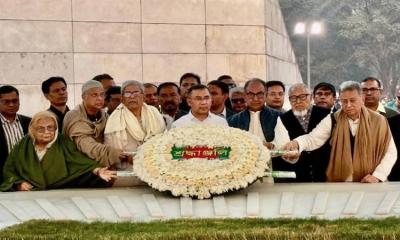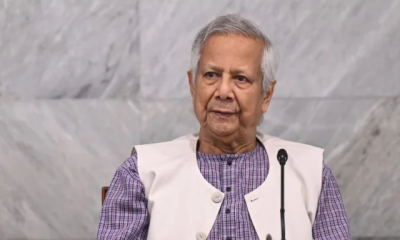The Department of Agricultural Extension works throughout the year to set and achieve planting targets by dividing major crops into seven categories. In the last fiscal year 2022-23, this institution of the Ministry of Agriculture has failed to achieve the target in five of the seven categories.
A total of 28 crops were divided into seven categories namely- vegetables, oil seeds, pulses, spices, fibres, root crops and cereals. Of these, except for vegetables and oilseeds, the target for other crops were not achieved.
Among the grain crops- maize, wheat and boro rice were able to achieve the targets, but Aman and Aush failed to produce 477.68 lakh tonnes of crops out of the production target of 484.98 lakh tonnes.
Among grain crops, rice (data for paddy stored in rice) production target was 415.69 lakh tonnes. However, the production was 401.76 lakh tonnes. Shortage in rice is 13.93 lakh tonnes.

According to the data, the target of rice production of 36.90 lakh tonnes of Aush paddy had been set but 29.01 lakh tonnes has been achieved. The shortfall here is around 7.89 lakh tonnes. Aman paddy has achieved 154.26 lakh tonnes out of the target of 163.45 lakh tonnes. The shortfall is 9.19 lakh tonnes.
However, 218.48 lakh tonnes of Boro rice have been produced despite the target being 215.33 lakh tonnes.
Besides, among grain crops, wheat has been produced 10 thousand tonnes more than the target of 11.60 lakh tonnes. And exceeding the target of 57.68 lakh tonnes, the production of maize reached 64.22 lakh tonnes. Maize is mainly used as animal and poultry feed.
DAE has failed to achieve the production target of Kandal crop. Such crops include round potatoes and sweet potatoes. The production target of both types of potatoes was 112.39 lakh tonnes. But, production has been 110.85 lakh tonnes. 104.31 lakh tonnes have been achieved out of the target of 105.56 lakh tonnes of round potatoes. Sweet potato production target was 6.83 lakh tonnes whereas production was 6.53 lakh tonnes.
Among the fiber crops there are various types of jute. Jute production targets were also not achieved. The combined production target of Deshi, Tosha, Mesta and Kenaf - these varieties of jute was fixed at 85.55 lakh bales whereas the production was 84.57 lakh bales.
There has also been failure to achieve the target of pulses and spices. Although the production target of 9.44 lakh tonnes of eight types of pulses has been set, the production has been 8.78 lakh tonnes. And the target for spices was 52.81 lakh tonnes while the production was 48.75 lakh tonnes.
DAE has been able to achieve targets for two crop production- oilseeds and vegetables.
Production of oilseed crops exceeded the target of 13.78 lakh tonnes to reach 16.04 lakh tonnes. Out of this 11.61 lakh tonnes is the production of mustard. Among the latest crops, the target for vegetable was 212.99 lakh tonnes but production was 225. 40 lakh tonnes.
When asked about the failure to achieve the target, the director of DAE`s branch wing Tajul Islam Patwari said,
"We are working on crops to be as production-sufficient as possible in each one by emphasizing on one crop at a time."
He said, “We are production-sufficient in grains and potatoes and reached record production in vegetables. So our priority is to increase oil crop production and bring import dependence to 40 percent.”
According to the information of the Ministry of Food, in the last fiscal year 2022-23, 38. 75 lakh tonnes of wheat has been imported. Besides, there is a plan to import 5 lakh tonnes of rice in the current financial year.
Besides, according to the DAE data, Bangladesh imported 83.58 lakh tonnes of grains in the fiscal year 2021-22, which is the top agricultural product import of the country. It was followed by 28.72 lakh tonnes of petroleum products.
Tajul said, “Incentives are being given for mustard cultivation, fertilizers and seeds are being provided. Training is being arranged. Also, a separate project has been taken up to increase production of oil crops. Farmers are being assisted from there as well.”
Speaking to the farmers and agriculture officials, it is said that as the profits in two types of crops (oil seeds and vegetables) are higher than other crops, farmers are becoming interested in cultivating these crops instead of other crops. In this case, whatever the target is, the the farmer`s decision regarding crop production is final.
Farmer of Shahajadpur upazila of Sirajganj, Rezwan cultivated mustard on five bighas of land. As mustard cultivation is profitable, he is thinking of mustard cultivation in the future.
Rezwan said, “Rice cultivation is not profitable now. Mustard is a very profitable crop. Now the market price of mustard oil per liter is 360 taka. In the future I will also plant mustard in my paddy field. Even if the production of paddy is stopped for one season, it is still a profit."
An agriculture official, who did not want to be named, said, "We cannot as the farmer not to grow any crop. The farmer will grow the crop which he thinks is profitable for him. Targeted policy support is provided by the department."

















-20251226062607.webp)
-20251226051932.jpeg)




















